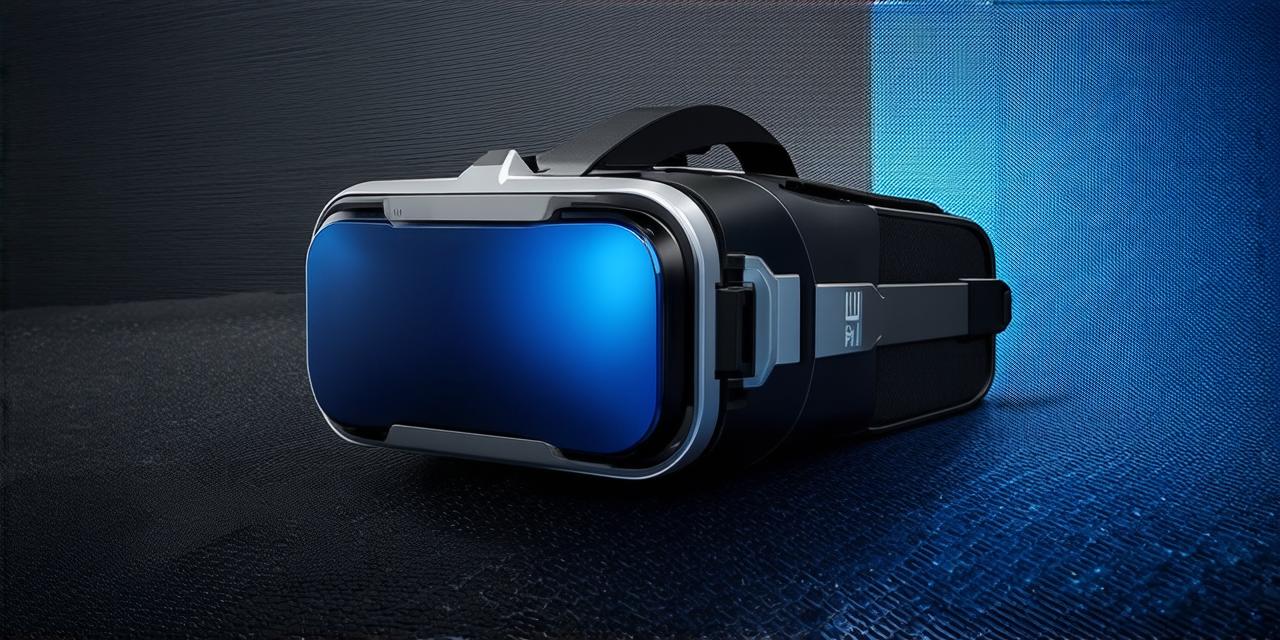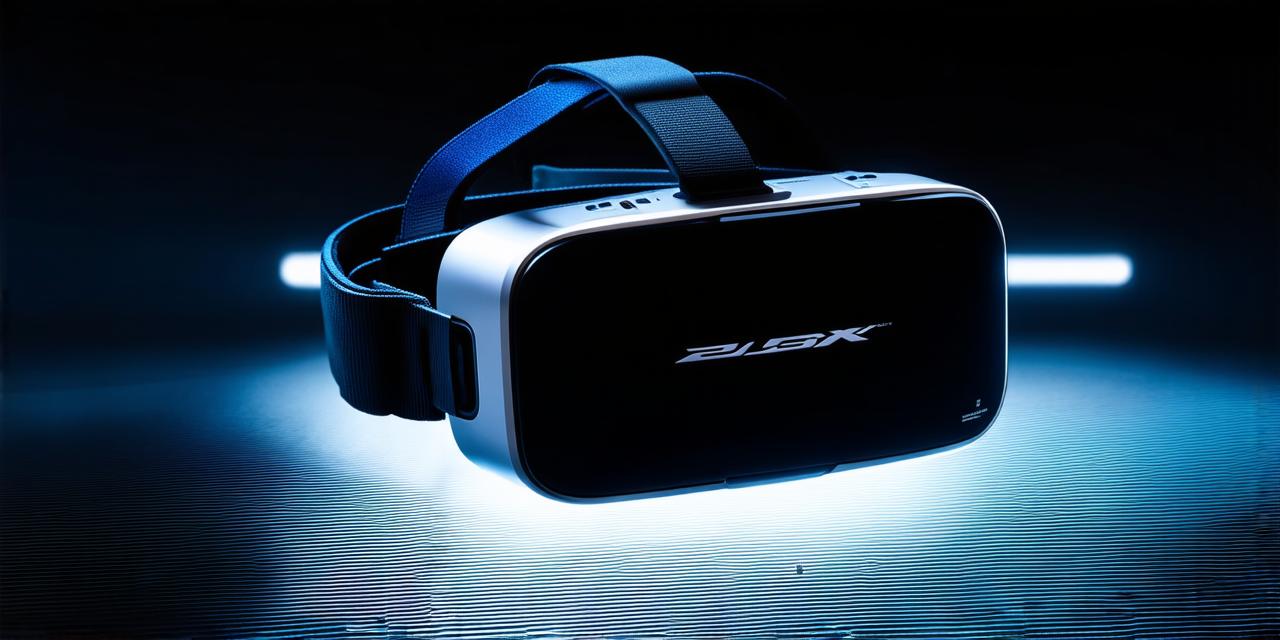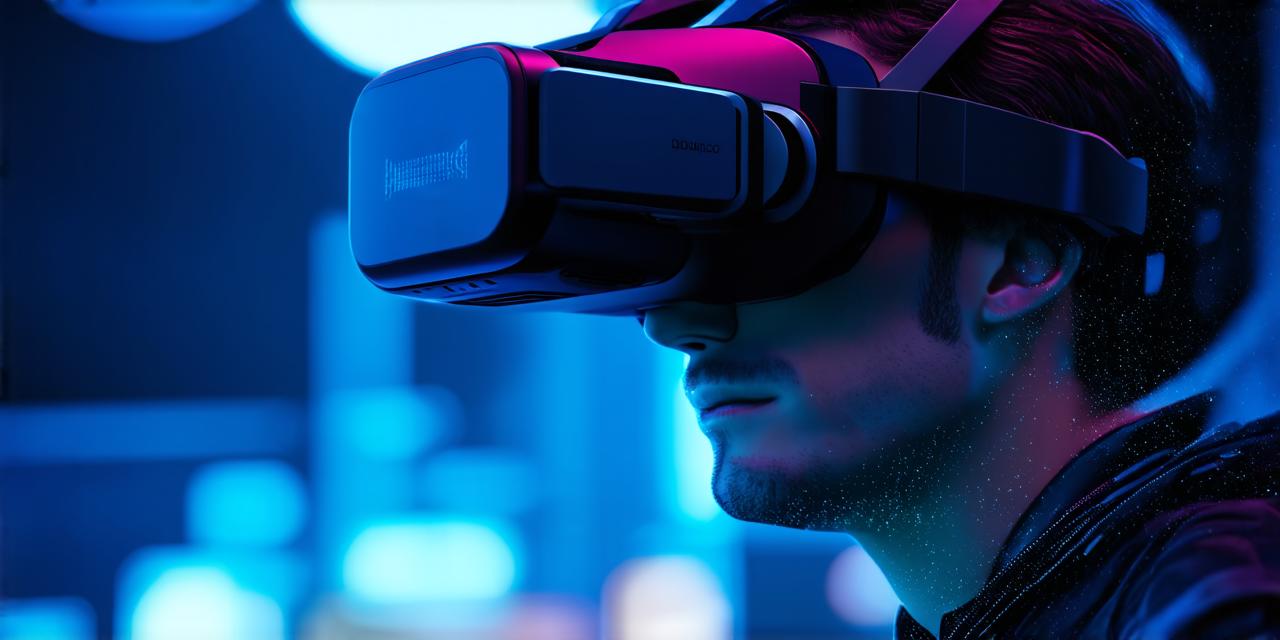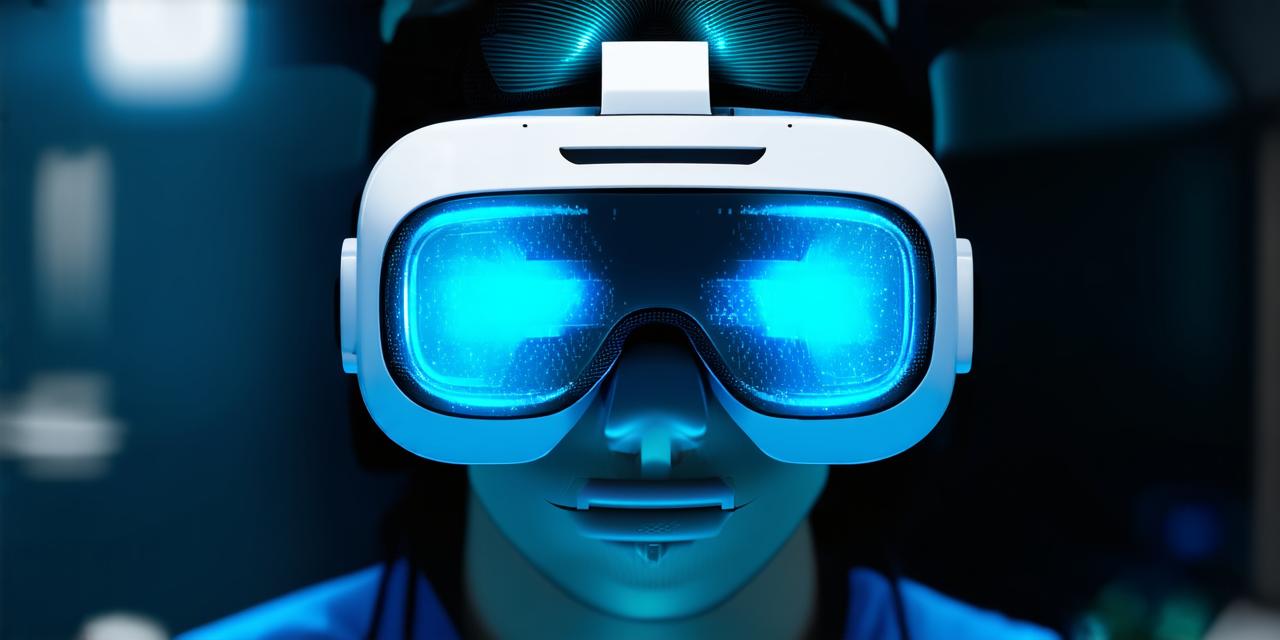Virtual Reality (VR) has become an integral part of modern technology, offering immersive experiences that blur the line between the real and digital worlds. But when did this journey into virtuality begin? Let’s take a step back in time to explore the origins of VR headsets.
The Genesis: The Sword of Damocles (1968)
The first rudimentary VR headset was created by Ivan Sutherland, an American computer scientist and pioneer in the field of computer graphics. In 1968, he unveiled the “Sword of Damocles,” a cumbersome device that used two small screens to create a stereoscopic 3D effect. The user wore the headset, which hung from a large frame above their head, and interacted with virtual objects using a light pen.
The Bulky Pioneers: The Virtual Reality Helmet (1989)
Fast forward to 1989, Jaron Lanier, another VR pioneer, developed the “Virtual Reality Helmet,” also known as the EyePhones. This headset was significantly lighter than its predecessor and featured a pair of stereoscopic LCD screens, a microphone for voice commands, and sensors to track head movements. The Virtual Reality Helmet paved the way for more compact and user-friendly VR devices.
The Dawn of Consumer VR: The Virtual Boy (1995)
Nintendo took a step into the VR realm with the release of the Virtual Boy in 1995. Although not technically a headset, this console used a single red LCD screen and parallax barrier to create a stereoscopic 3D effect for its games. The Virtual Boy was a commercial failure due to its limited game library, uncomfortable design, and eye strain issues caused by the monochromatic display.
The Modern Era: The Oculus Rift (2016)
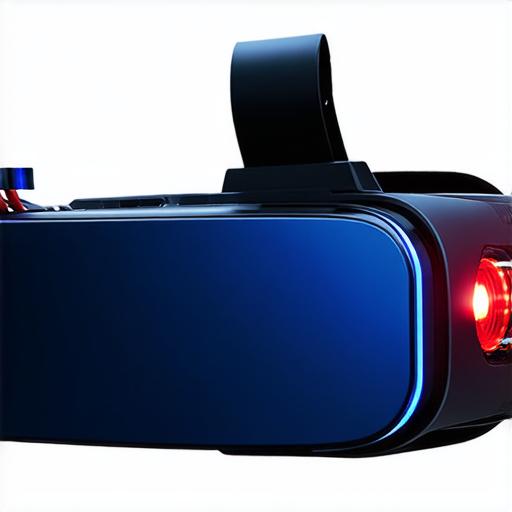
The modern era of VR began in 2016 with the consumer release of the Oculus Rift, developed by Palmer Luckey and later acquired by Facebook. The Oculus Rift was a significant leap forward, offering high-resolution displays, low latency, and an ergonomic design that made it comfortable to wear for extended periods. Since then, numerous VR headsets have been released, each building upon the innovations of its predecessors.
Conclusion
From Ivan Sutherland’s “Sword of Damocles” in 1968 to the consumer-friendly Oculus Rift in 2016, the evolution of virtual reality headsets has been a fascinating journey. As technology continues to advance, we can expect even more immersive and life-like VR experiences in the future.
